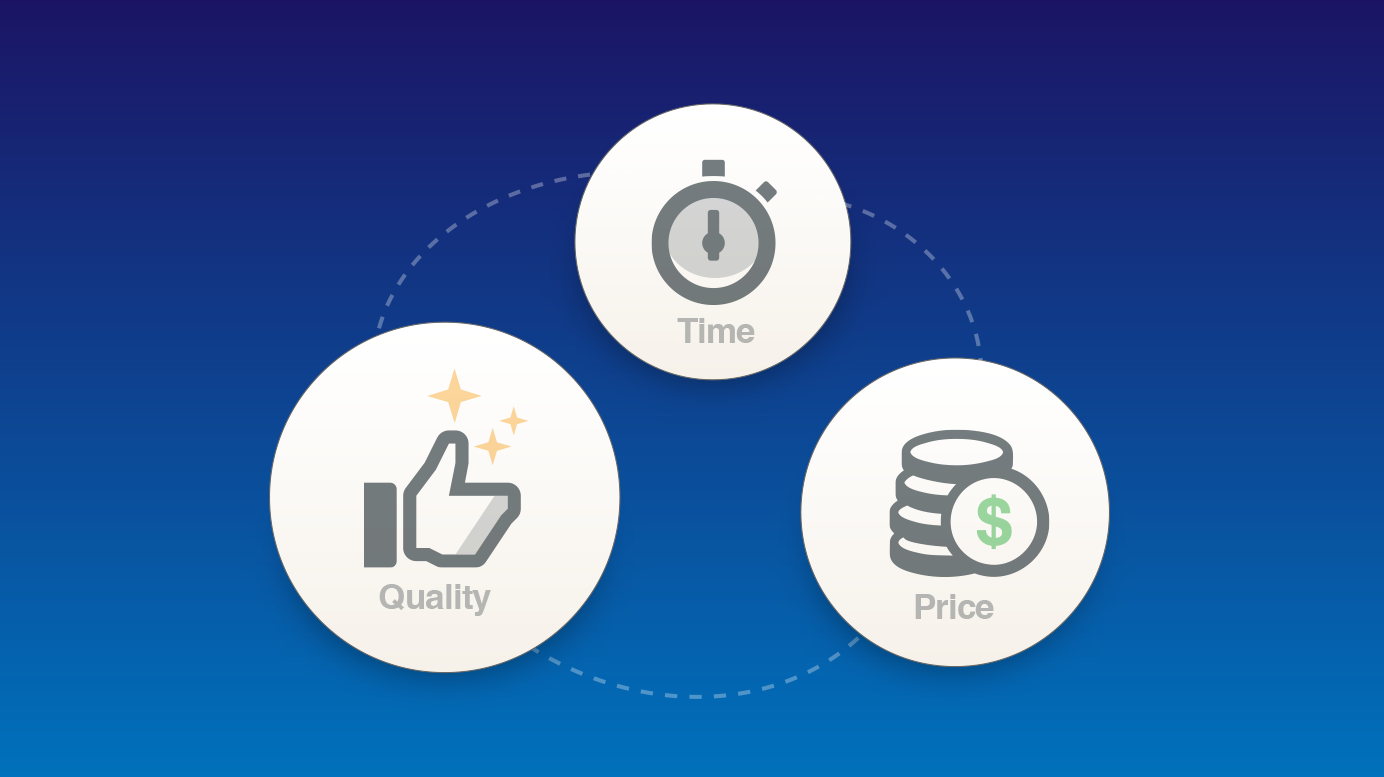
Pricing your work is so much more than just covering the costs of materials, but what other than the cost of goods sold needs to be factored into your sales, for your business to remain viable? Finding that sweet spot can be a tricky undertaking that requires deeper thought.
Get the basics right
No matter which industry you’re in, you need to know the true costs of the materials or services you’re selling.
Does your business have any overheads, such as rent and utilities, or capital expenses for equipment, or staffing and labour costs required to sell your goods or services?
It sounds like a no-brainer, but it’s a must to get familiar with what you need to charge to consistently make a profit.
Build in your safety net
There are a range of ‘invisible’ costs involved in doing business; some work is naturally more valuable due to the skills required to complete it, some goods or services have costs associated with ongoing maintenance that need to be accounted for, and simply keeping your business financially sustainable requires making a fair profit for your time and effort.
However, many people undercut their own profitability in the pursuit of having the most attractive prices, hoping to gain customer loyalty through rock-bottom rates... but what good are these ‘competitive’ rates if you’ve priced yourself out of business in a year or less?
To best serve your customers, you need to price your services in a way that allows you to comfortably attend to any unforeseen costs that pop up, either on the customer side, or the business back end. These costs might include things like replacements or repairs to goods sold, or remedial work required for a service job failure.
Building in a little extra to cover anything unexpected that pops up means that if there are any issues, you can put it right straight away without having to scramble, and your customer isn’t inconvenienced any further for you to do so.
Know your worth
For your business to be financially sustainable and a venture that you remain passionately driven about, your pricing needs to allow for a fair profit.
It’s entirely possible that your competitors offer cheaper pricing, but as you don’t know all the back-end calculations that have led them to that price, these figures should not majorly influence how you price your work.
In fact, making a conscious decision to prioritize fair compensation for the high standard of services you provide has the dual benefit of steering any low-ballers towards your competitors, keeping them busy, and keeping you free to do business with higher level customers.
Additionally, there’s a concept in business that tells us that there are three basic facets of customer needs;
- Affordability
- Speed
- Quality
Of these three, only two can be sufficiently met at any one time, so customers must choose which are most important to them. For instance, work can be done quickly and cheaply, but the quality will suffer, or work can be affordable and of a high quality, but take forever to complete, etc.
With all of that in mind, the key influences on your pricing should be a combination of three basic things;
- Covering any basic costs associated with running your business,
- Factoring in comfortable wriggle-room for unexpected costs, replacements, or repair work,
- A fair margin of profit to support the long-term viability of your business as a major part of your life.
Invest in your future
Thoroughly considering your financial needs allows you to remain confident when communicating pricing to customers, and avoids low-balling yourself purely to secure work, which risks running a deficit that may harm the quality of service you provide.
Like the saying goes, “cheap work ain’t good, and good work ain’t cheap”. So, price your services in a way that allows you to proudly offer your best, and be rewarded for it.